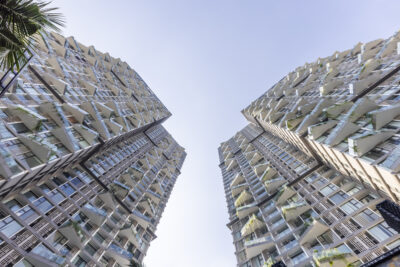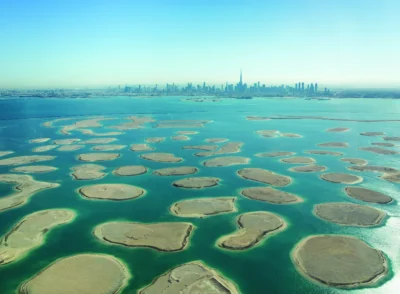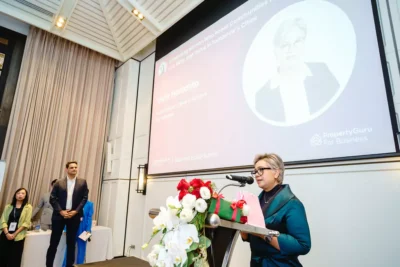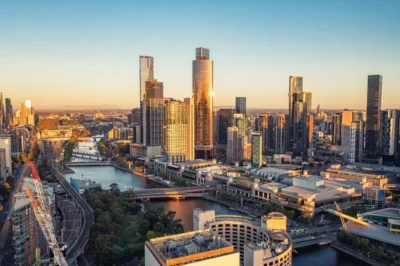Cambodia’s economy grows from tourism and green investment
The country put its focus on cultural and ecotourism development to further boost economic growth
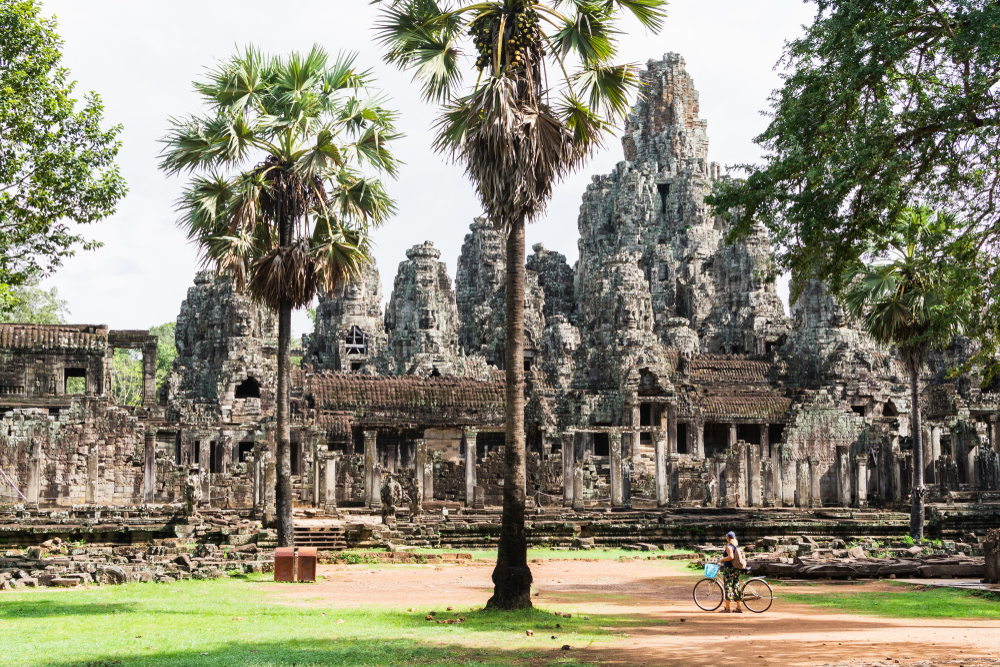
Cambodia’s economy has been driven by a strong recovery in tourism and growth in the services sector. According to a report by the Asian Development Bank (ADB), it is expected to grow by 5.5 percent in 2023 and 6.0 percent in 2024. The report also states that the tourism sector is projected to grow by 7.3 percent in 2023, with moderate inflation of 3.0 percent in 2023 and 4.0 percent in 2024. The country’s economic outlook depends on its efforts to increase green investment for long-term growth. The report highlights risks such as weaker growth in the US and Europe, high private debt, and extreme weather events affecting agriculture.
The country is implementing various tourism campaigns, including those aligned with the SEA Games 2023, aiming to attract international visitors. B2B Cambodia noted that they expect to receive four million visitors by the end of 2023, with increasing numbers in subsequent years. The State Secretariat of Civil Aviation reported a significant increase in flights, and new tourism infrastructure is being developed, such as roads, airports, and bridges. The government aims to incentivize new airlines and increase international tourism through tax incentives and reduced landing fees. Efforts are being made to diversify tourism attractions beyond Angkor Wat, focusing on nature tourism, adventure activities, community-based tourism, and ecotourism.
Related: Unlocking serenity: Wellness takes root in Cambodian real estate
The Cambodia Sustainable Landscape and Ecotourism Project (CSLEP), led by the World Bank, aims to transform Cambodia into a prominent ecotourism destination by enhancing protected areas, promoting ecotourism, improving connectivity, and attracting private sector investment. The project covers the Cardamom Mountains-Tonle Sap landscape, with plans to develop eco-lodges, trails, visitor centres, and other nature-based facilities. The investment, totaling over KHR228.29 billion (USD55 million), is expected to benefit thousands of people and households by creating economic opportunities and preserving ecosystems.
The cultural and creative industries are rapidly growing sectors worldwide, contributing to the global economy. UNESCO reported that, with an estimated worth of KHR17.85 quadrillion annually, they account for 6.1 percent of the global economy and create nearly 30 million jobs, particularly for young people. In Cambodia, cultural heritage and a vibrant culture sector have significantly contributed to the tourism industry, which constituted 21 percent of the country’s GDP in 2019.
The tourism sector directly employed over 620,000 people in 2020, benefiting various allied sectors. UNESCO supports civil society engagement in cultural policy making through organisations like the Cultural and Creative Industries of Cambodia Association for Development and Advocacy (CICADA), which aims to promote and advocate for the cultural and creative industries in Cambodia.
The Property Report editors wrote this article. For more information, email: [email protected].
Recommended
Dewan Architects’ Mohammed Adib leads with human-centred design and technological innovation in the Middle East and beyond
Mohammed Adib channels his childhood curiosity and dislike for design uniformity into his work at Dewan Architects + Engineers
UAE real estate shifts focus to sustainability and quality, revitalising iconic projects
The UAE has risen from its challenges to emerge as a more sustainable, quality-focused destination
Exploring A Life By Design’s maximalist approach to interior design
Andrea Savage is embracing the maximalist trend with bold and vibrant interior designs
Jakarta’s emerging innovation hub integrates tech and healthcare sectors
The Digital Hub in BSD City is being positioned as Indonesia’s counterpart to Silicon Valley

